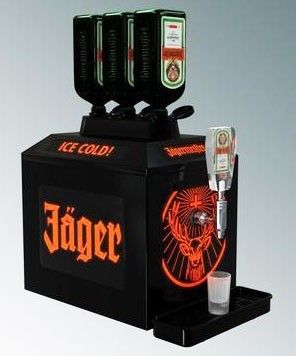Your Cart is Empty
Like any niche, the cigar world is full of insider jargon. If you read enough about cigars, you’ll find that the language is peppered with Spanish, colloquialisms, and made up words that only old-timers in Latin America are entitled to use. But you don’t want to stay an outsider forever, or else your “cigar” enjoyment may never advance beyond Swisher Sweets from the convenience store.
(No offense, Swisher folks. There’s a time and a place for your stuff. We just hope to never be at that particular place whenever that time is.)
Anyhow, today we’re going to explain the differences between cigar fillers: long-filler, short-filler, and mixed-filler. Now, you probably think these terms are self-evident. “Long-filler” is filler that is long. “Short-filler” is filler that is short, right? Well, some of us want to go a bit deeper than an answer we could get from a toddler (or a vocal border collie). So, if you’d like to learn something today, read on.
Long-filler refers to whole tobacco leaves that essentially run the length of the cigar. A lot of the nicest cigars will be focusing on long-filler, and it’s generally a sign of quality. Tobacco leaves range in length, but are generally several inches long. This use of long-filler may even have driven common cigar lengths.
Short-filler is chopped tobacco. Instead of using whole leaves, a short-filled cigar uses trimmings, choppings and other plant and leaf parts. A cigar made with short-filler tends to burn faster and often a bit hotter than a long-filled cigar. Machine-made cigars also tend to be made with short-filler.
We’ll give you three guesses as to what mixed-filler is, and the first two don’t count.
Okay, in case you’ve recently suffered a cranial trauma, we’ll be explicit: mixed filler involves the use of both long and short-filler. One well-known use is the “Cuban sandwich” approach in which short-filler is rolled in whole leaves.
Long-filler burns slowly, evenly, and gives a better smoke. Short-filler is a bit rougher, and may even give you leaf particles in your mouth during the smoke. Some cigar manufacturers combat these problems by using a double binder. Mixed filler can give some of the advantages and drawbacks of each, depending on construction. If you just want one take away, however, it’s this: cigars made with long fillers are usually higher quality.
While enjoying a premium, hand rolled cigar, how often do you actually think about the process of creating cigars or the tobacco plant itself? Probably not often. Also, how many cigar smokers have actually had an opportunity to visit a tobacco farm to see the rows upon rows of tobacco plants? A small percentage of […]
Welcome to the first ever CH infographic! This first one is a quick reference guide to cigar wrappers. Let us know what you think. Embed code (please be sure to convert quotation marks from curly quotes to straight quotes): <a href=” http://www.cheaphumidors.com/blog/infographics/infographic-cigar-wrapper-classifications/”><img src=” http://www.cheaphumidors.com/blog/wp-content/uploads/2012/05/Wrapper-Classification2.jpg ” alt=” Cigar Wrapper Classifications – Infographic ” title=” Cigar Wrapper […]

CheapHumidors would like to welcome you to a brand new section of our blog. Shaken, Not Stirred will cover all topics beer, wine and liquor related. CH would like to thank guest author Stan Schubridge at Beertaps.com for kicking things off! Jägermeister actually started out as anything but the drink we know today. The term was introduced in […]